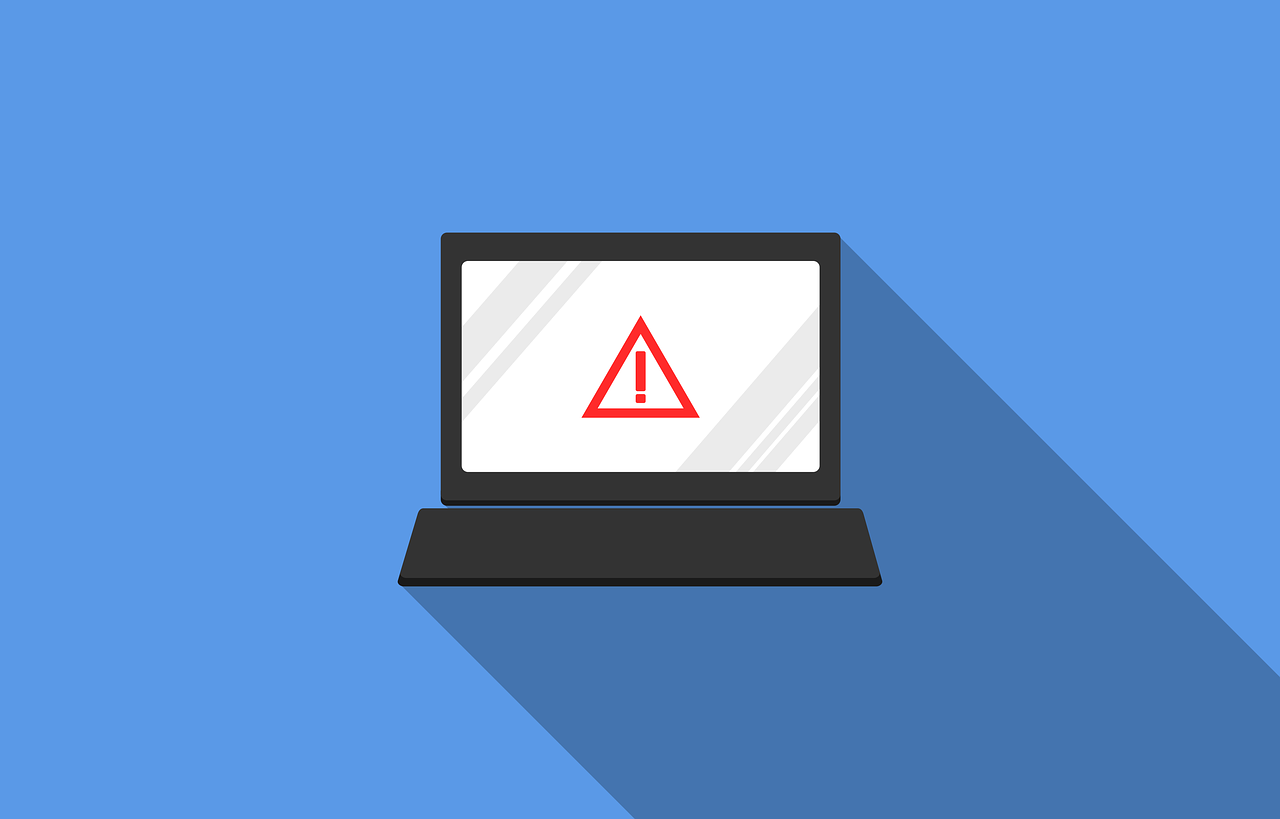How Managed IT Support Can Enhance Your Disaster Recovery Resilience
June 13, 2023
Did you know that one of the biggest disasters that can affect your business is the loss of data, which is often caused by human error, theft, ransomware, natural disasters or hardware failure?
And oftentimes a prolonged data loss or breach can result in bankruptcy. That’s why it’s critical to be proactive when it comes to IT disasters, which includes having a disaster recovery plan and actively monitoring, maintaining and protecting your IT and data security.
Managed IT service providers (MSPs) can help you enhance your disaster recovery resilience through actively identifying risks and creating policies to deal with these risks and threats.
MSPs also provide ongoing and specialized IT monitoring and maintenance services that can help avoid risks and minimize downtime.
That helps businesses maintain productivity and save costs associated with data loss, data breaches and cyber attacks.
Unfortunately, many companies only prioritize proactive risk reduction strategies until there is a costly breach or data loss. But as cyber attacks are increasingly common, many businesses now see that it’s vital to be prepared and that having an MSP provide risk reduction services can actually save costs over time.
And by having an MSP and managed IT recovery you can minimize downtime, reduce the risk of data loss, and lower your disaster recovery costs. This helps businesses to stay compliant and to ensure business continuity.

What is disaster recovery and why is it important for Every business?
Creating a disaster recovery plan for your organization will require a customized approach that takes account of your specific goals and needs, while analyzing your particular risks and finding solutions that protect against these.
Once you work with an MSP to identify risks, you can improve your IT infrastructure and procedures to minimize risks, losses and interruptions.
IT service providers can help you to create a disaster recovery plan for your network and data, that protects against risks and threats.
This includes specifically taking action to
guard against cyberattacks which are on the rise and are increasingly targeting small businesses. Protecting against ransomware, phishing attacks, and malware are all important - and there’s also a lot that can be done to protect against in-house cyber threats.
IT service providers can also help
protect your data by scheduling regular backups, by setting strict access controls for staff for certain types of data, and by protecting certain types of data from being deleted (or if deleted, for being restored).
Your MSP can also help you plan for how to deal with natural disasters that may affect your IT infrastructure, power outages, and even failures in communication systems.

How can outsourced IT support improve disaster recovery?
By opting for outsourced IT support services, your MSP can help you improve your disaster recovery planning.
Your MSP can both help you create a disaster recovery plan, and they can provide you with ongoing maintenance and monitoring services, designed to proactively identify and reduce threats.
That means your business will be prepared for any disasters and will have plans in place to both reduce the risks of disasters and to deal with any disasters effectively and efficiently.
That can help you minimize downtime and business interruptions so that you can remain productive and focused on your core business goals.
And by having disaster recovery plans in place, you can then showcase your proactive IT security stance to partners, staff, stakeholders and investors.
In addition to helping you create a disaster recovery plan, your MSP can also proactively help you to manage and maintain your company firewalls, servers, WiFi networks, phone systems, backups, cybersecurity monitoring, and in creating custom solutions based on your particular needs.
At NB Technology, our
managed cloud backup and disaster recovery services include:
- Daily backup and verification monitoring
- Remote and onsite technical support
- Ransomware and malware pre-backup detection
- 256-bit AES SSL Data Encryption
- Cloud and Local Backup Management
- Image Backup with File Level Recovery
- Disaster Recovery Engineer Support Team

The benefits of managed IT disaster recovery
If you need some convincing as to the many benefits of having managed disaster recovery as a service (DRaaS) that your MSP can offer, then you may want to look at the list below.
Here are some of the many benefits of managed IT disaster recovery:
Regulatory compliance
DRaaS can help you maintain regulatory compliance. This can help you avoid lawsuits related to how you store and transmit data and personal information, by following the correct procedures and laws related to your industry.
Fast response to disasters
Without a plan in place to deal effectively with a data loss or breach, you may take longer to respond. That opens you up to greater financial loss.
By having a proactive DRaaS solution, you can often deal more efficiently with threats and risks and get back to businesses more quickly.
Save costs
Outsourcing your data backup and recovery can help lower your operating costs. And having an MSP can replace the need for full time IT staff which can also help small businesses to scale and grow.
And it can be more affordable for an MSP to design a customized disaster recovery plan for your organization than doing it in-house, particularly if your in-house team doesn’t have the requisite experience and skills to do this.
Minimize downtime
A variety of IT risks can put your business at risk of downtime, which may leave your organization unable to operate. Business interruptions can be costly and can slow down productivity, result in deadlines being missed and can result in penalties.
That’s why many organizations choose to have an MSP and a DRaaS, to ensure maximum uptime and business continuity.
Expert support, advice and services
Having access to specialized IT skills through your MSP can help your business create the most robust and advanced disaster recovery plans and to manage your IT needs on an ongoing basis.
A reputable and professional MSP can also respond to any threats or breaches effectively and efficiently, providing you with expert support, advice and services.
Access to 24/7 disaster support services
If you rely solely on in-house IT staff, then you may not have access to around the clock IT support. That can put your organization at risk, particularly when a beach happens out of business operating hours (which is anyway typically the case with ransomware).
By having an MSP who is available 24/7, and access to continuous maintenance and monitoring, you’ll be alerted to any potential risks and threats, and your MSP will help you deal with those when ever they occur.
Enhance your awareness of your IT needs and risks
When you start planning your disaster recovery system, you’ll also bring greater awareness to your IT needs and vulnerabilities.
Your MSP will then be able to provide you with advice on how best to move forward in terms of your IT hardware, software, WiFi network and other aspects of your IT operations to minimize risks and maximize productivity.
Enhance your reputation
If your company doesn’t have an IT recovery plan, you may experience some downtime. Your customers and partners may notice this and see it as a sign of weakness, which can tarnish your reputation.
And if your business suffers data and privacy breaches, you may also suffer from reputation loss, which may affect your operations and business success.
How to check the status of you current disaster recovery plans
Do you have an IT disaster recovery plan? If you do, how can you check whether it’s sufficient or needs updating?
The first step in creating an IT recovery plan is to
assess your needs. You can do that by taking an inventory of all your hardware including laptops, phones, servers etc., your software and your data. Then look at how your employees communicate and transmit data.
The next step requires
identifying and analyzing risks. These risks may include cyber threats, ransomware, phishing attacks, loss of data, natural disasters, human error, etc.
Thereafter, you should assess whether the hardware, software and data handling tools and strategies you have in place are sufficient to reduce the risks you’ve identified - or if you need to upgrade.
Just imagine what would happen if your data was corrupted from a hardware failure, or if malware infected your systems. Having a plan for how to backup and restore data is essential.
You can also implement
IT recovery simulation tests to see whether your current systems are robust and extensive enough to deal with a disaster.
All disaster recovery plans should be continuously updated to reflect any changes in the business or IT advances and upgrades.

Final thoughts on outsourced IT support and improved disaster recovery
NB Technology provides managed IT support and services, which includes managed cloud backup and disaster recovery services.
We can help you create an effective disaster recovery plan and can help you monitor and maintain your IT systems and infrastructure to minimize downtime and risks.
Contact us at (704) 644-1220 for a no obligation consultation to discuss your IT support needs and any inquiries you may have.
We’re based in Belmont, North Carolina, and can provide a suite of professional and customized on-site and remote support, advice and services.











